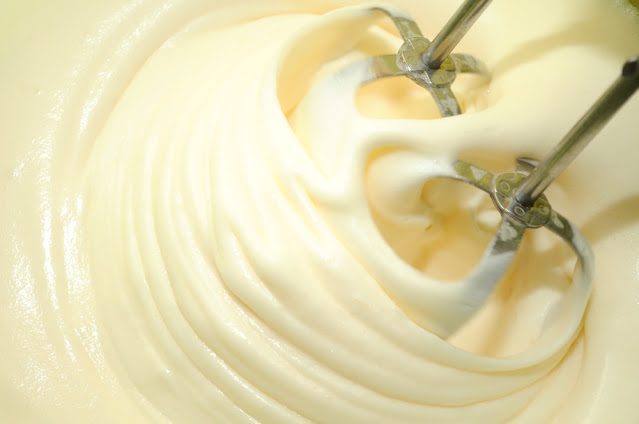How To Achieve A Moist And Fluffy Cake Part2

To achieve a moist and fluffy cake, there are a few tips you can follow.
Some steps were listed in part one of this article but in getting that round tasty and yummy treats you must ensure all these steps are followed.
MIXING THE BATTER
At the point of mixing the cake batter, here are a few things to consider.
(i) If you are using the creaming method of mixing the butter and sugar first, be sure to add as much air into the mixture as possible. When air is trapped in your batter it will help make your cake light and fluffy, however, do not overdo it. Do not cream your batter for a very long time. 5 to 8 minutes of creaming will be enough.
(ii) The reverse is the case after flour has been added. Over-mixing after the flour has been added will make the cake dense and hard after baking so don’t over mix the batter after you have added flour. Always use the alternate technique of adding flour and milk in various additions (flour, milk, flour, milk, flour). This will guarantee that you do not over mix the batter. If you are using a stand mixer, stop the machine after most of the flour has been poured in and mix the rest using your spatula.
(iii) Separate the white from the yolk of one egg included in the recipe. Egg yolk are drying agents and too many will reduce the moisture content of the batter. To achieve extra fluffy cakes, especially when making vanilla cakes, separate the egg whites from the egg yolk, make the batter with the egg whites, beat the egg whites separately and fold it into the batter in the end.
BAKING
Over baking your cakes could be a problem. Below are a few tips for avoiding this:
(i) Try dividing your batter into 2 baking pans and baking them in those separate pans instead of baking all the batter in one deep baking pan. The more quantity of batter poured in a pan, the longer you will need to bake the cake, and the more chance the cake will dry out during baking.
(ii) Be attentive while your cake is in the oven. Over baking a cake is sure to make it dry. Always bring out your cake from the oven as soon as your cake is baked. This is ascertained as soon as a tester inserted in the middle comes out clean. Always note the recommended baking time for the recipe you are using and start checking 8 minutes earlier.
(iii) If your cake is taking too long to bake, cover the top of the cake with parchment paper. This will not only prevent the cake from browning too much but will also prevent it from drying out.
STORING AND FROSTING
(i) Make sure your cakes are completely cool before storing them in a fridge. Seal them properly with foil before putting them in the refrigerator. When cakes are exposed over time, they gradually dry out. Sealing helps to keep moisture inside the cake.
(ii) Adding syrup (eg, sugar syrup) is a great way of adding moisture to your cakes. To use, pour or spray some syrup over your cake slices before frosting the cake.



